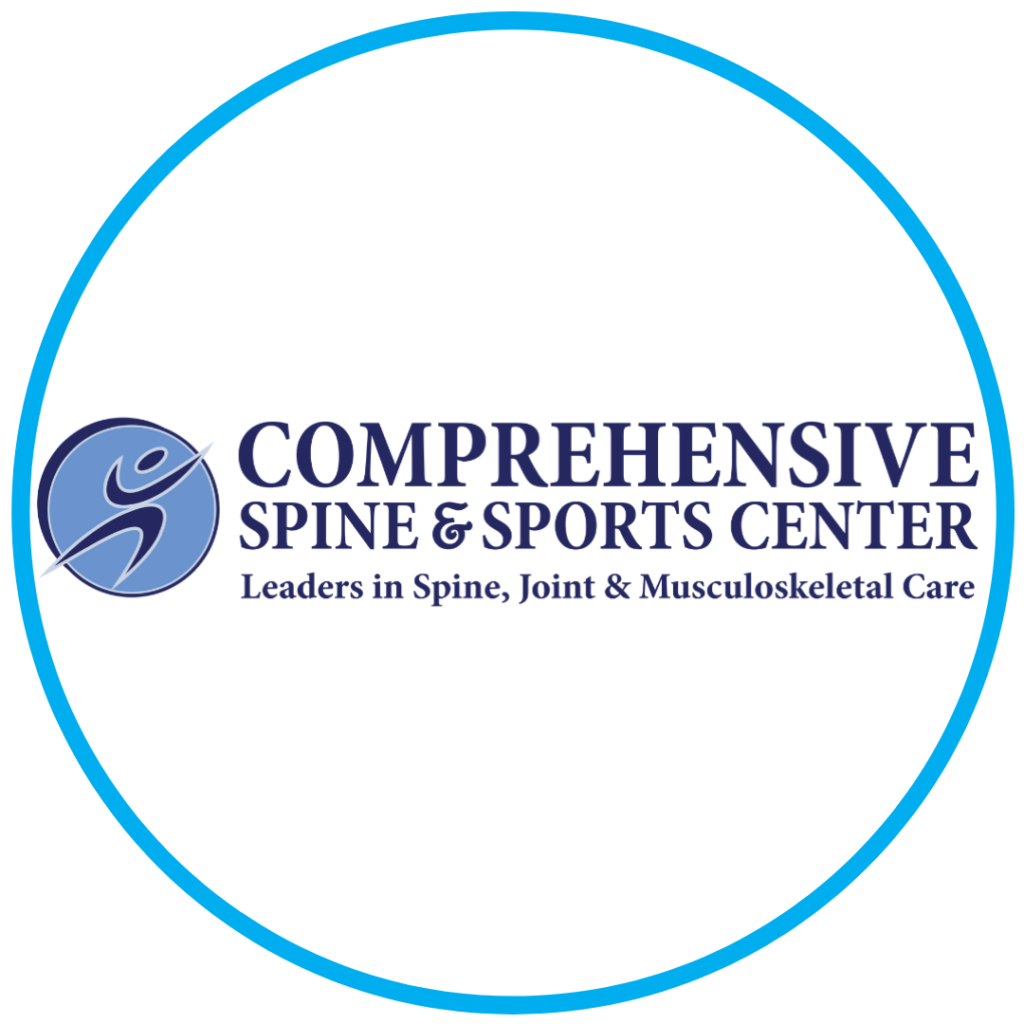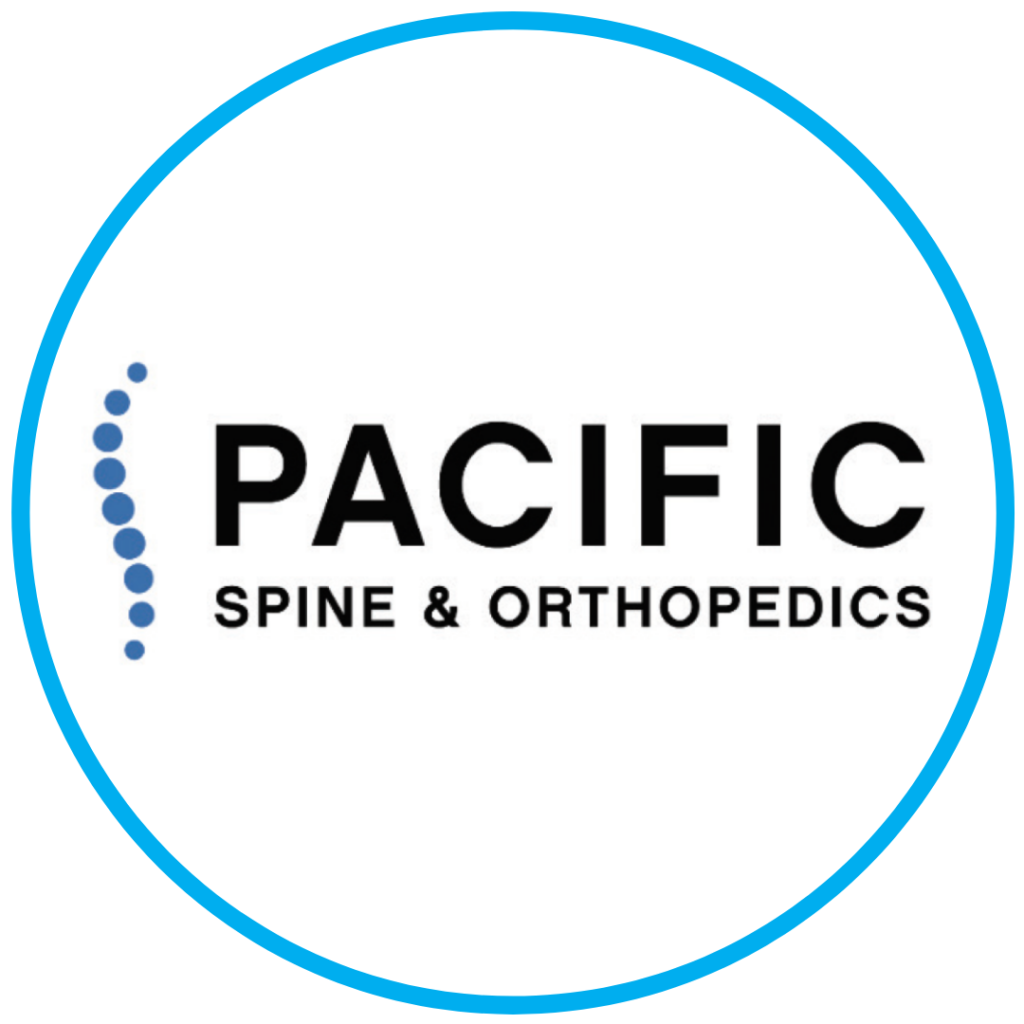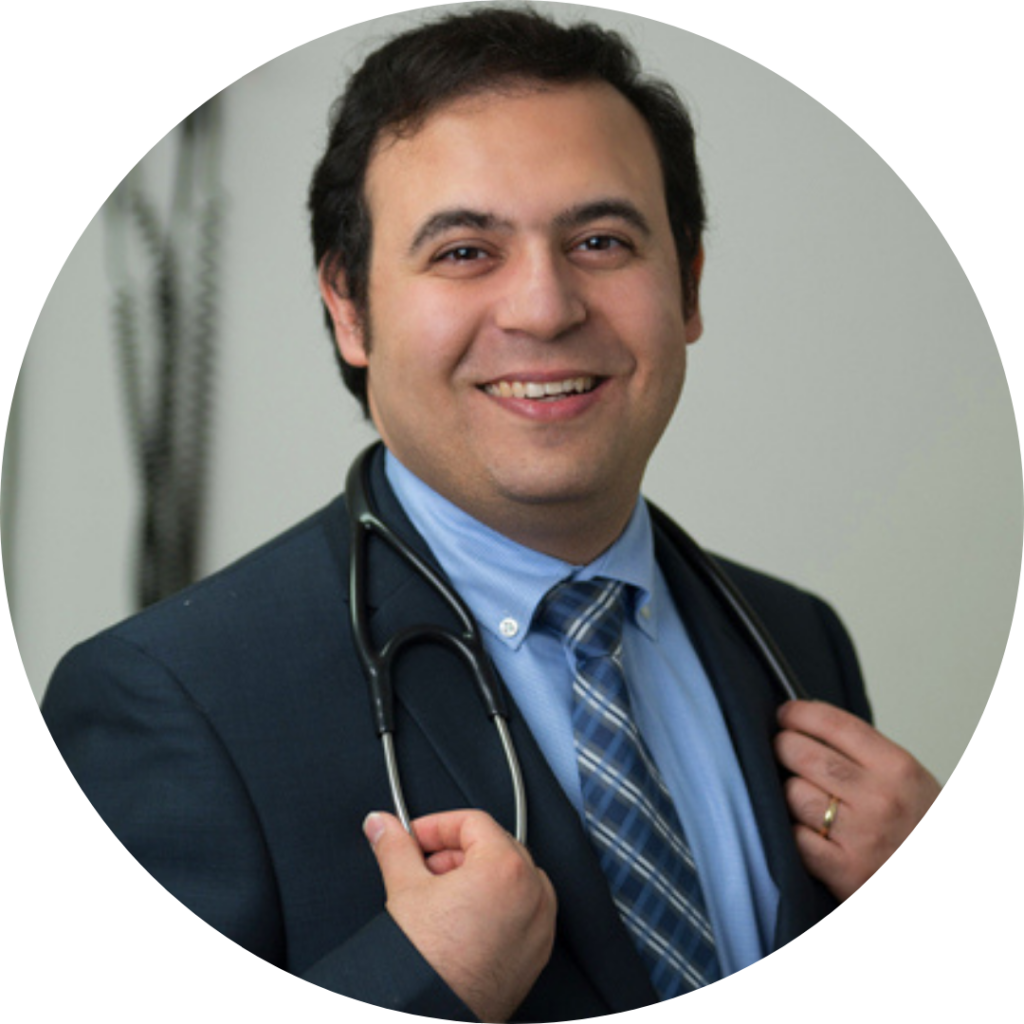Power Liens and Brain SoCal Mark Start of National Brain Injury Awareness Month with Successful Conference

Please join Power Liens in recognizing National Brain Injury Awareness Month, which allows us to highlight the importance of preventing traumatic brain injuries (TBI) while promoting strategies to improve the quality of life for those living with TBI and their families.
Power Liens President Naz Yari serves as Vice-Chairman of the Brain Society of California (Brain SoCal) and has been a key partner in the organization’s mission of maximizing resources and creating optimal outcomes for brain-injured individuals. Last week, the Brain Society of California held the Brain SoCal Med-Legal Conference 2022, the organization’s first in-person event in more than two years. The event was a resounding success as more than 50 of the nation’s leading TBI experts met and shared invaluable and relevant lessons to help medical professionals and attorneys advocate for their TBI patients.
A TBI is often invisible, but it can take a substantial toll on the lives of patients and their families. It’s important to understand how various specialists can help patients reach their fullest recovery.
Neurologists diagnose, treat, and manage diseases and disorders of the nervous system. They use tools such as brain scans, genetic testing, cerebrospinal fluid analysis, and blood tests to diagnose and manage these conditions. Neurologists can also prescribe medications, order rehabilitation, and refer patients to other specialists. However, they do not perform brain or spinal cord surgery.
Victims of TBI may also receive support from neuropsychologists, who address cognitive and emotional issues by administering tests that help clarify how an injury has altered the brain’s ability to process information and explain specific changes in behavior. Many invisible symptoms of TBI – such as irritability, depression, and impulsiveness – may not manifest until an individual returns home. The therapeutic approach, in tandem with cognitive exercises, helps to address each individual’s unique clinical picture by pinpointing their specific physical, cognitive and behavioral challenges, as well as any other aspects of the clinical picture that may complicate treatment efforts.
Ensuring patients receive the proper diagnostic tests following a TBI is also essential in determining the appropriate care and recovery. Electromyography (EMG) and Nerve Conduction Velocity (NCV) assessments are considered valuable tools used by neurologists and their teams to assess possible nerve and muscle damage due to genetic, chemical or physical causes.
An EMG measures a muscle’s response to nerve stimulation, while the NCV measures the health of the nerves. When performed in tandem, the overall accuracy of the tests can be multiplied and may be used along with other important health information to make a neuromuscular diagnosis.
Common symptoms for muscle and nerve damage include difficulty moving or increased pain with movement, along with weakness, soreness, numbness, bruising, prickling or tingling sensations, twitching and paralysis. It is often recommended that accident victims with these symptoms obtain an EMG and NCV as soon as possible.
Power Liens is fortunate during Brain Injury Awareness Month, and throughout the year, to work with some of California’s best doctors treating traumatic brain injuries. Please see below for some of the top-quality providers available to serve you and your clients:

Comprehensive Spine & Sports Center
Multi-Specialty
Concord | Oakland | Campbell | Morgan Hill | Salinas | Modesto | Fresno


Pacific Spine and Orthopedics
Multi-Specialty
Anaheim | Newport Beach
Riverside | Downey | Folsom (Sacramento)

Private Profile
Neuropsychologist
Carlsbad





